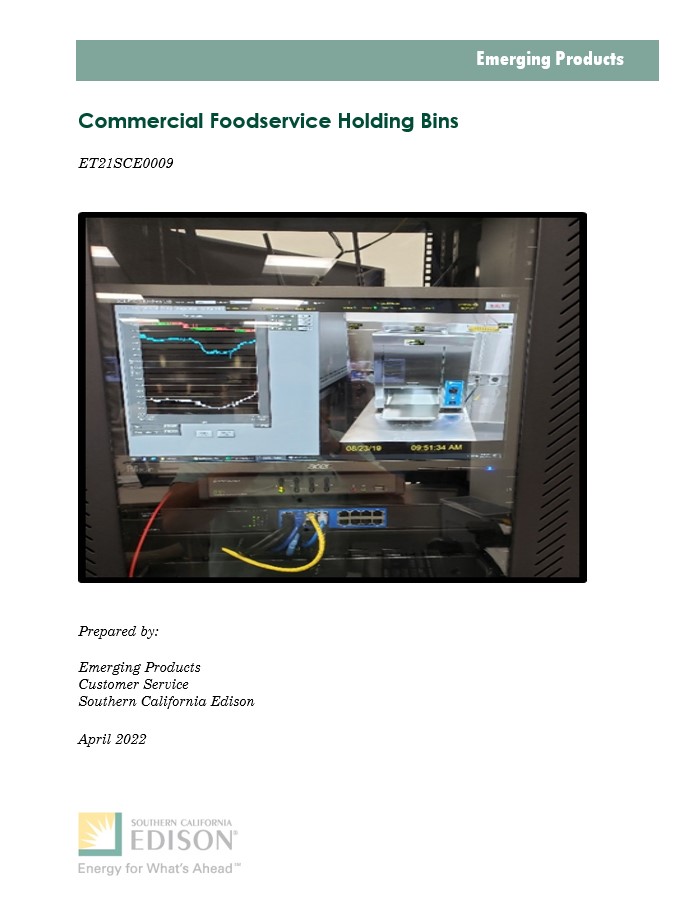Project Info
COMPLETE
 Project Title
Project Title
 Project Title
Project Title
Commercial Foodservice Holding Bins
Project Number ET21SCE0009 Organization SCE End-use Process Loads Sector Commercial Project Year(s) 2021 - 2022Description
Foodservice equipment verify efficiency testing to develop a Deemed Measure Offering for Commercial Hot Food Holding Bins used in restaurants, especially quick service restaurants, to hold cooked ingredients for assembly at food safe temperatures with establish ASTM standards.
Project Report Document
Loading PDF Preview...
